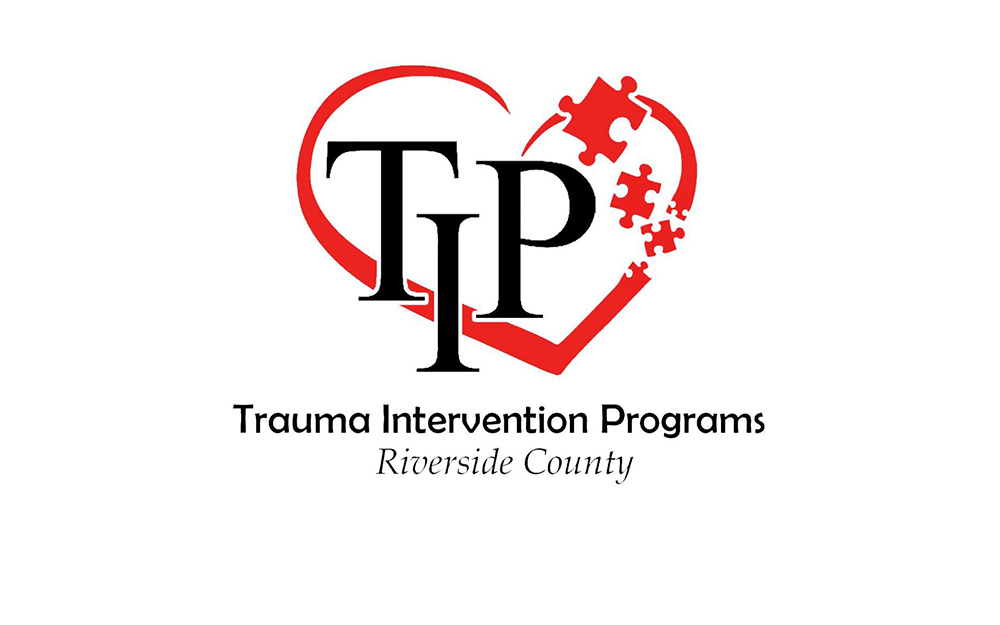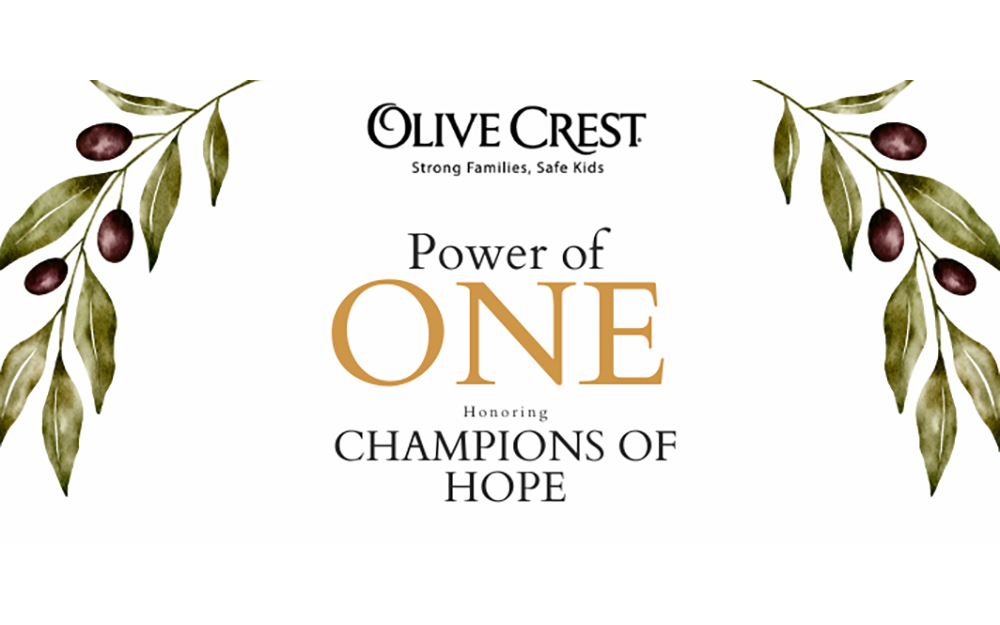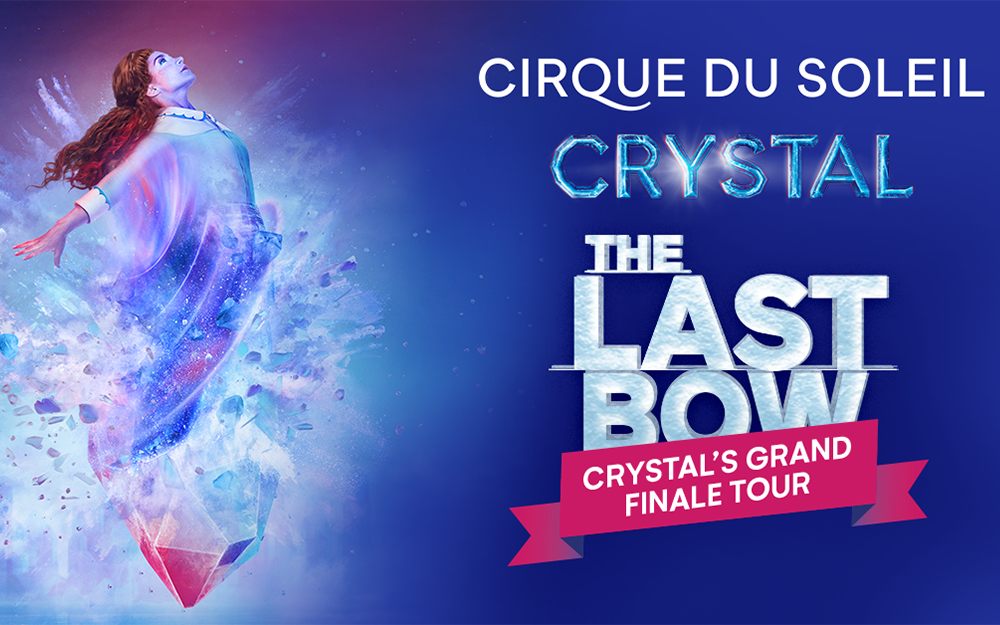
BY RUTH HILL R.N.
Thanks to the 2018 Farm Bill that Trump signed the states are rushing to implement legislation. Hemp, often called the Christmas Tree plant, has farmers ready with the science and technology to yield a profitable crop with under 0.3% delta-9-tetrahydocannabinol (THC).
“Hemp” referred to low-resin, non-intoxicating Cannabis Sativa L that had been bred for maximum fiber or seed oil content and grown for multiple industrial purposes, while “cannabis” typically meant plants bred and grown for maximum resin content imbued with medicinal and recreational qualities well-suited for human consumption. A plethora of so-called hemp products are now being explicitly marketed for their intoxicating effect. Currently, 98% of the hemp grown in California is for the Cannabinol (CBD) market.
The hemp industry is implementing a mechanized method of harvesting hemp for CBD or fiber. No more hand trimming the buds. Farmers are studying the ideal method to mass produce and mass harvest crops the same way they harvest carrots or corn. Large machines costing thousands of dollars are a viable long-term investment. Keeping the THC lower than 0.3% is the skill of the “farmer’s eye.”
The science of hemp is pushing ahead to find a testing mechanism that will test the THC content on site. Inspectors cannot tell the difference between a hemp fiber plant and marijuana. Costing many people harvesting or transporting hemp and being wrongfully arrested. A huge benefit to cities allowing hemp farming in their areas is hemp will render the crop from illegal farms ruined due to the cross-pollination.
There are several kinds of cannabinoids in hemp. These include Cannabidiol (CBD), Cannabinol (CBN), Cannabigerol (CBG), and others. The CBD level of the harvested biomass is sent to a lab where the THC and CBD content is determined. If the crop is ‘hot’ meaning the THC is over the limit for hemp the crop is destroyed. Remember the farmer is licensed for hemp, not marijuana. Although many cultivators have a license for hemp and a license for cannabis.
Hemp Myths
Myth #1 – A hemp product of 0.3% THC is nonintoxicating. A 0.3 percent threshold can result in an astonishingly high amount of THC in a finished product. In a 12-ounce beverage, for example, 0.3 percent translates into over 1,000mg of THC. A single, normal-sized “hemp” gummy could have 20mg of THC. For comparison, the maximum THC per serving allowed in edibles in the regulated California cannabis market is 10mg.
Myth #2 – 5 mg of THC per serving is non-intoxicating. A 5mg THC gummy will induce intoxication in many if not most individuals. Some people experience discomfiting psychoactivity from as little as a couple of milligrams of THC.
Myth #3 – Delta-8 THC is less potent and thus less risky than delta-9 THC. The delta-8 molecule has less binding affinity for the CB1 cannabinoid receptor in the brain than delta-9 THC. Activating this receptor is what causes the high that cannabis is famous for. But whopping doses of delta-8 and other THC variants are ubiquitous in unregulated hemp products, thereby making a mockery of the PR pitch that delta-8 delivers a milder high.
Myth #4 – THC per serving matters; THC per package doesn’t. The total amount of THC in the package is just as relevant—if not more so—than the amount of THC in a single serving because it’s easy to eat 5, 10, or even a whole bag of THC-infused “hemp” gummies.
Myth #5 – Synthetic cannabinoid molecules are identical to—and therefore just as safe as—plant-derived cannabinoids. Yours truly has written many articles about the dangerous effects of synthetic cannabinoids. Remember synthetic cannabinoids are made in the lab, not in nature.
Myth #6 – Thanks to a loophole in the Farm Bill, THCA-rich flower is legal smokable hemp. Raw cannabis flower has high concentrations of delta-9 THCA and less than 0.3 percent delta-9 THC, and therefore, according to this dubious logic, raw cannabis qualifies as hemp under the Farm Bill (which doesn’t mention THCA). In state cannabis markets, THCA is always included in the definition of THC and the calculation of total THC content.
Buyer beware, be smart, and buy from a vented vendor for best results.
Send questions and comments to hilruth@gmail.com.










































